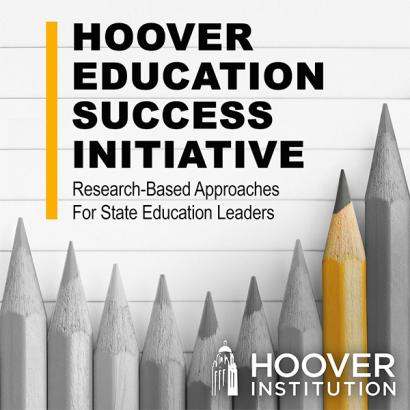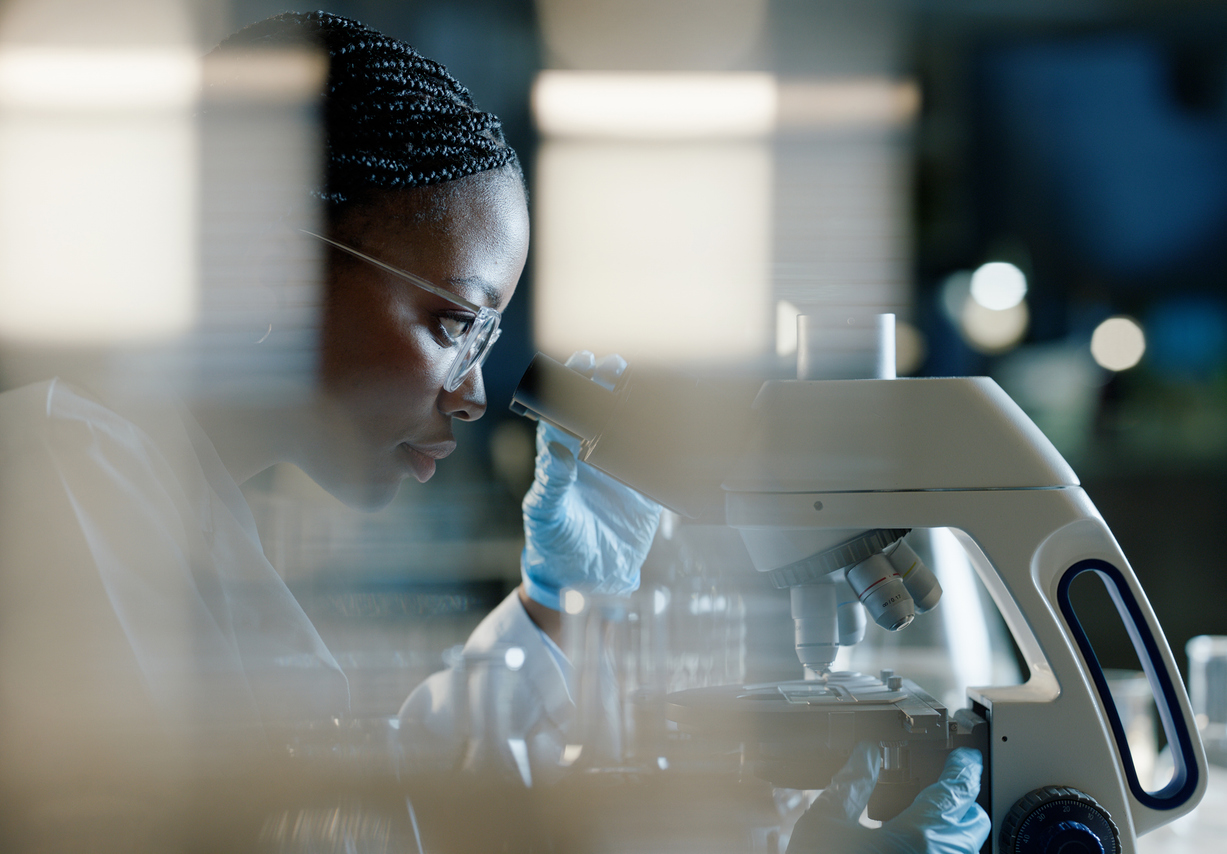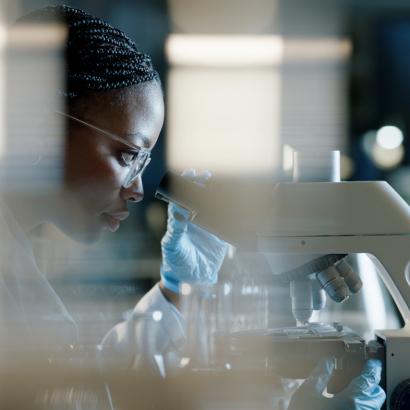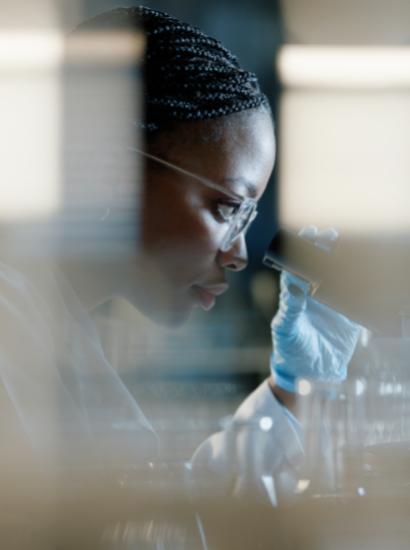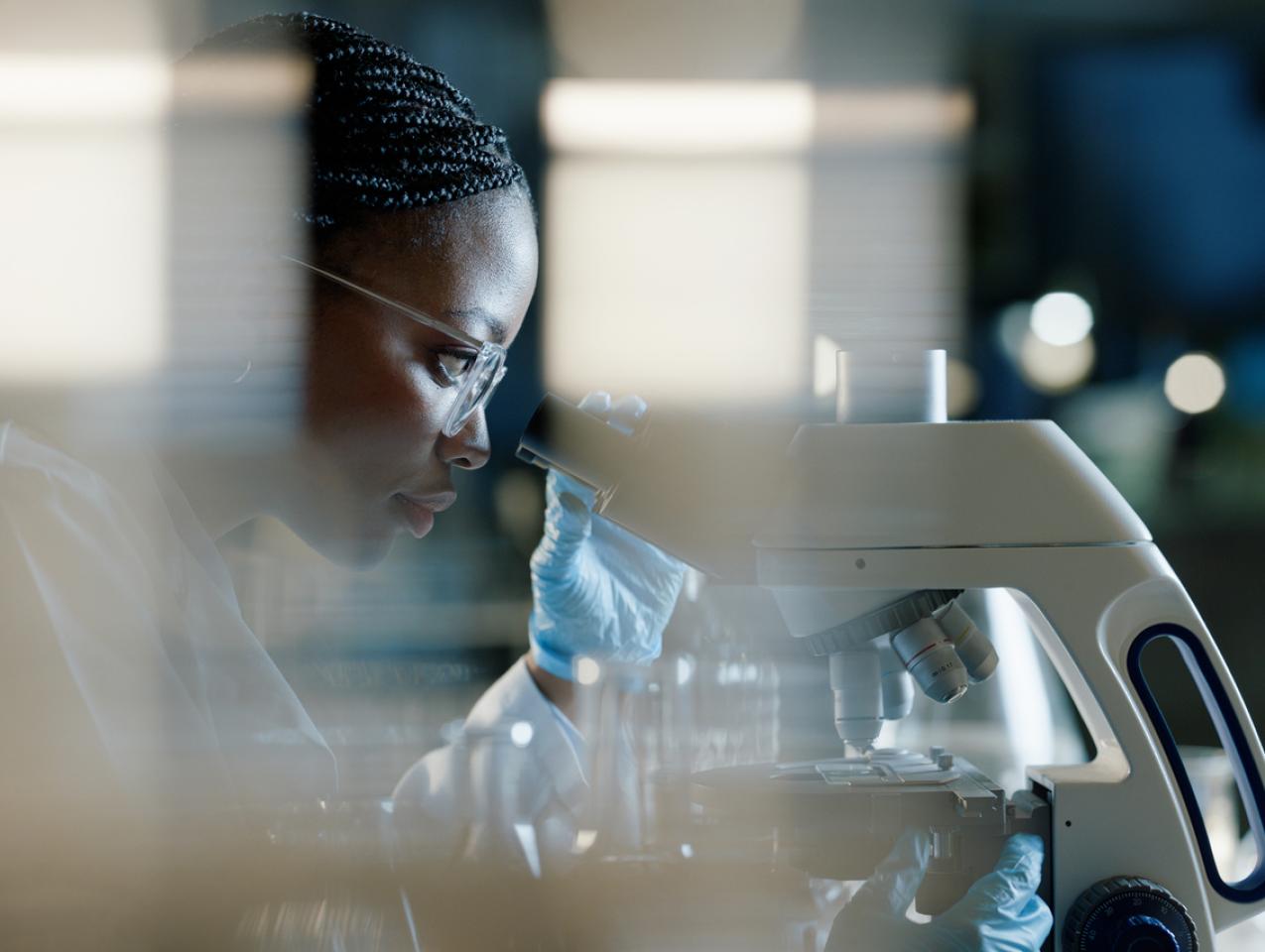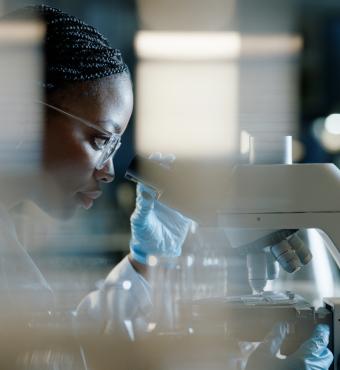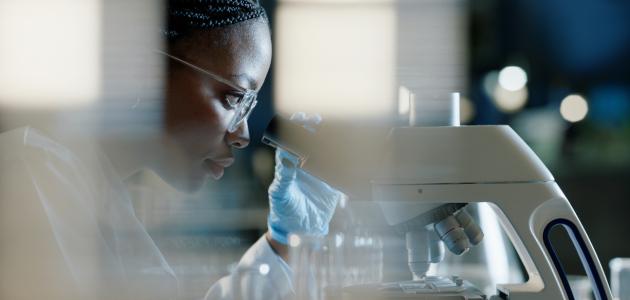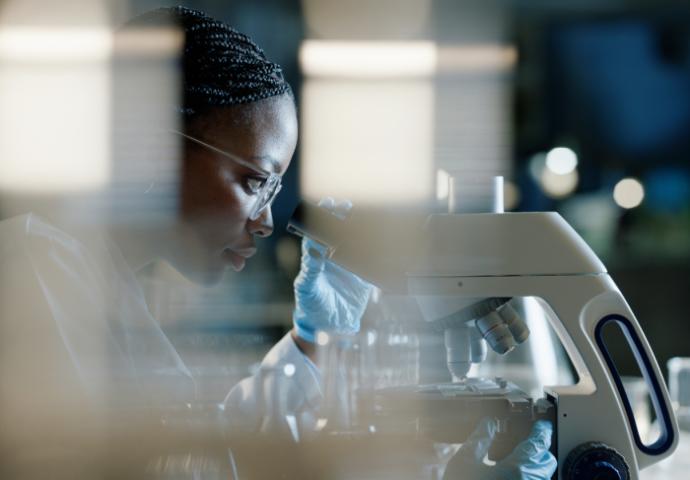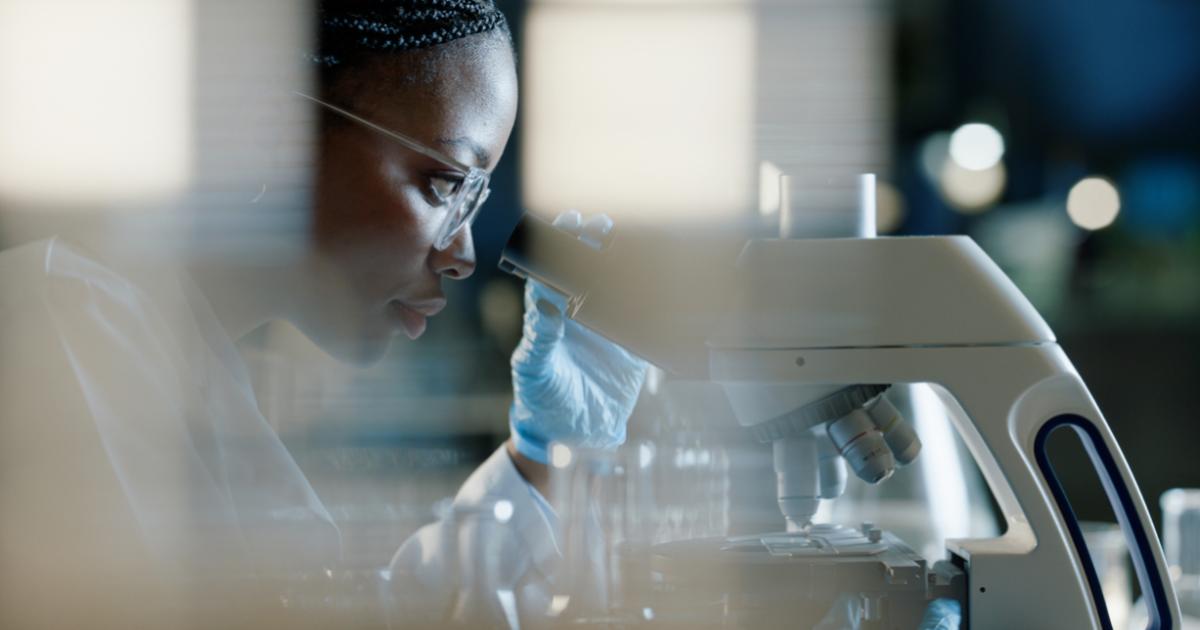- Artificial Intelligence
- Understanding the Effects of Technology on Economics and Governance
Since returning to the White House, President Donald Trump has taken action on a number of fronts, but he has not yet taken substantive action to unlock the myriad possibilities of biotechnology. Emerging biotechnologies hold critical opportunities for our nation’s economic competitiveness and national security. Failing to boldly and strategically advance biotechnology would be a massive mistake.
Experts project biotechnology will produce 60 percent of what we need by midcentury. Stated differently, the majority of manufacturing will become bio-dependent as we learn to grow many things, from seatbelts to computers. Global revenues from biotechnology goods and services will grow from $4 trillion to $30 trillion by 2030. As China invests billions in a world-leading bid for the future of biotechnology, the United States now risks falling behind.
For the United States to win the biotic future, we need bold, long-term visions and durable strategies. We already know this. Successes spanning the past four administrations highlight American leadership in biotechnology as a bipartisan priority. Yet for every success, failures and challenges abound. If the Trump administration wants to win the biotic future, it must understand what we’ve accomplished and where we are falling short. We must learn from and continue to build our biotic future through biopartisanship––the bipartisan advancement of biology and biotechnology.
In the aftermath of September 11 and the 2001 anthrax attacks, President George W. Bush allocated billions for bioterrorism prevention through programs like Project Bioshield. The administration also funded biofuel development and launched the President’s Emergency Plan for AIDS Relief (PEPFAR), saving over 25 million lives. However, due to caution at the Environmental Protection Agency and conceit within the National Institute of Allergy and Infectious Diseases, we missed an opportunity to secure America from biological risks in perpetuity. Due to bioterrorism concerns, the Defense Advanced Research Projects Agency shut down work advancing emerging biotechnology.
Likening biotech’s rise to a “Sputnik moment,” President Barack Obama further supported biofuel development and launched programs such as the Precision Medicine Initiative, the BRAIN Initiative, and the Cancer Moonshot. In 2012, the administration also created the first National Bioeconomy Blueprint. However, this extraordinary plan never translated to action, in part because the administration succumbed to concerns about genetically modified organisms (GMOs). In 2015, the Obama team attempted to modernize biotechnology’s regulatory framework, and at least some agencies labored to implement the plan.
President Trump further modernized biotech’s regulatory framework in 2017, clarifying agency roles across sectors. In 2019, the administration hosted a bioeconomy summit and rolled back regulations on GMOs. While the Trump administration made a persuasive case for biotech on the grounds of science and national security, it failed to win the support of the National Economic Council and Congress; a drafted executive order didn’t get its signature. Well-conceived strategies supporting long-term investments in domestic biomanufacturing collapsed when individuals in key nonscientific roles failed to act; many more projects “died on the vine” during the subsequent Biden transition.
President Joe Biden’s “whole of government” approach to biotech was the most ambitious yet. In 2022, Biden signed a first-ever executive order on biotechnology competitiveness that aimed to advance a swath of industries, set standards undergirding the bioeconomy, and establish wide-scale coordination across the government. A 2023 executive order regulating artificial intelligence—since rescinded—focused on security risks arising via synthetic biology. While these executive orders provided “air cover” for biotechnology broadly, agencies struggled to complete their tasks on time. Further, while Congress appropriated many tens of billions for semiconductors, appropriations to advance biotechnology at scale and with proper pacing failed to materialize.
What patterns emerge? We must secure biology, as President Bush initiated, but not at the cost of failing to advance the powerful biotechnologies that will promote our safety. Maximizing the bioeconomy’s potential, as President Obama proposed, requires diverse public support. President Trump’s first term revealed that support for biotechnology must include experts and leaders beyond biotechnological fields. Finally, President Biden’s administration demonstrated that dreams must be matched by appropriations and that not everything should be thrown out by a presidential transition. An all-of-nation approach, now well demonstrated by Beijing, is needed in the United States.
President Trump’s administration must seize biotechnology’s current moment without delay. There are several steps that can be taken at little or no cost. First, standardizing the bioeconomy will fast-track growth. The Trump administration should fully implement NAICS codes for the bioeconomy to accurately reflect its scope and track broader returns on investments. Second, domestic biomanufacturing is foundational to a robust American economy. For every dollar spent on pilot-scale demonstrations, we must organize twenty follow-on dollars for full-scale manufacturing. Push-and-pull market mechanisms, including “bio-bonds”—tax-free public incentives for building biomanufacturing factories—can provide crucial support without putting the government in the position of picking winners and losers.
Further actions will require strong congressional support. Winning the convergence of artificial intelligence and synthetic biology will require large language laboratories (LLLs) for training and securing AI for biotechnology. The United States also needs a national biotechnology accelerator to guarantee world-leading tools for measuring, modeling, and making biology. Third, a public-private national biosecurity institute must be launched to leverage emerging biotechnologies that secure biology.
Over the course of human history, biology has been as much friend as foe. We now have a leading voice in how biology will shape our future. The values of those who lead will determine whether we harness biology responsibly, for innovation, our security, and our well-being. The Trump administration must act now to advance the development of a democratic and profitable bioeconomy and secure all Americans from biological threats for good. Let us continue by greatly strengthening our tradition of bipartisan support for biotechnology—biopartisanship provides not only for life but also for liberty and the pursuit of happiness.
****
Drew Endy, PhD, serves as science fellow and senior fellow at the Hoover Institution, as senior fellow at the Freeman Spogli Institute, and on the bioengineering faculty at Stanford University.
Audrey Jung is an undergraduate at Stanford University and a research assistant for the Hoover Institution’s Bio-Strategies and Leadership Program.




